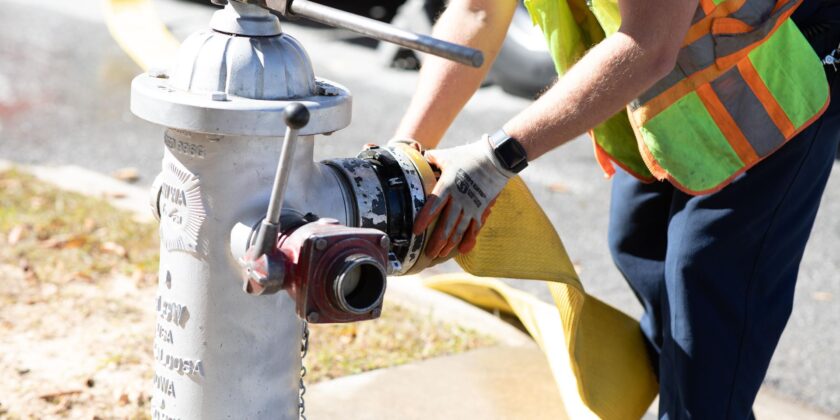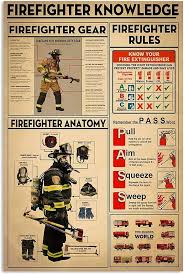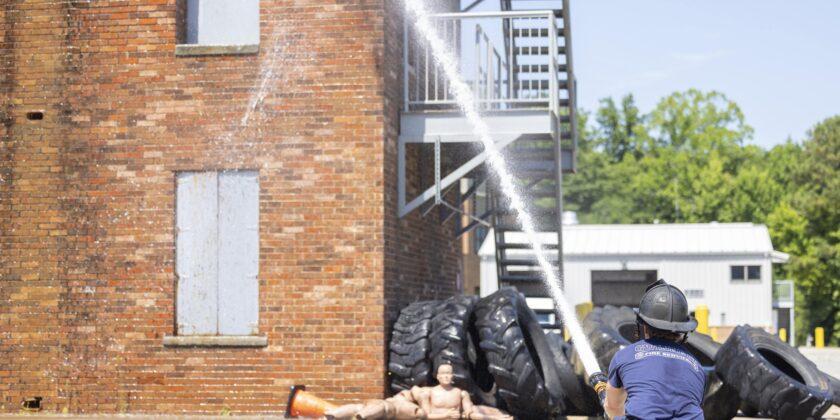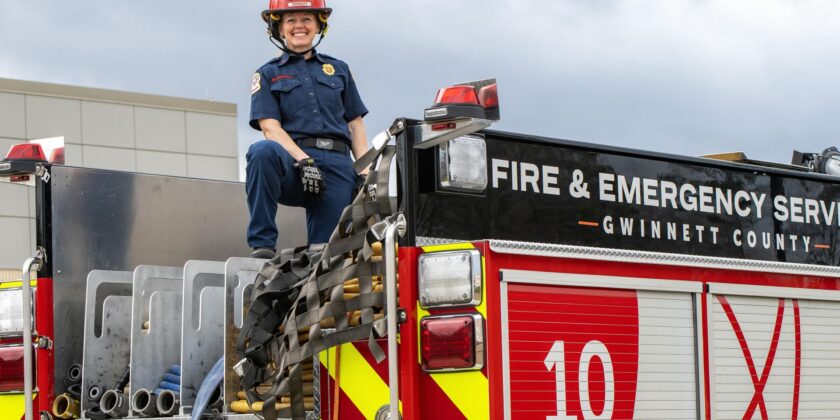FireFighters Best Practices – LearnTheLingo – 09
When called on the scene of an emergency, a fire may not be visible. Regardless, our firefighters may “pull” a hose proactively to ensure they’re always ready to go. But why do that if there is no fire visibly present? We do this as a best practice to quickly minimize damage in case a fire is found. Our firefighters still need to be able to respond at a moment’s notice and ensure that water can be deployed to combat a fire that could rapidly develop. This protocol helps support the department’s mission of saving lives and minimizing property damage or…










